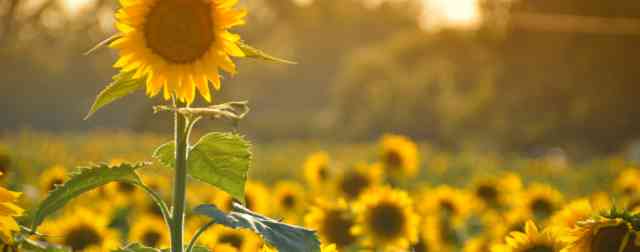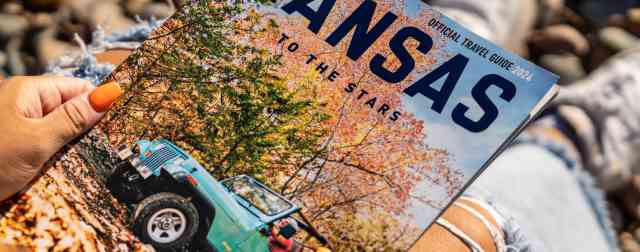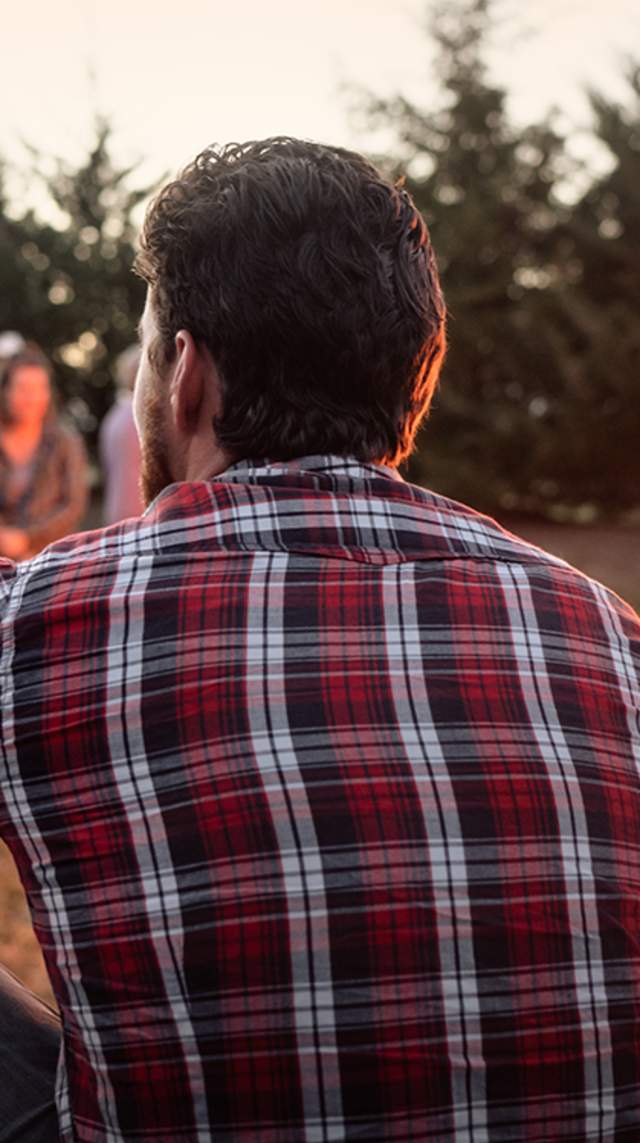See Kansas through a pioneer’s wide eyes by watching bison wander the prairie at viewing spots around the state. Here are some of our favorite spots to watch the herds roam.
The party of bison hunters piles into covered wagons for a trek across the prairie. Today, they come armed only with cameras, and they’re as eager as any explorer to encounter the majestic bison that roam here.
Kansas hosts the nation’s fifth-largest bison population. You can see them at ranches and parks across the state, including the Maxwell Wildlife Refuge near Canton, where the state’s largest public herd of 200 resides. Narrated tram tours carry visitors to animal close-ups.
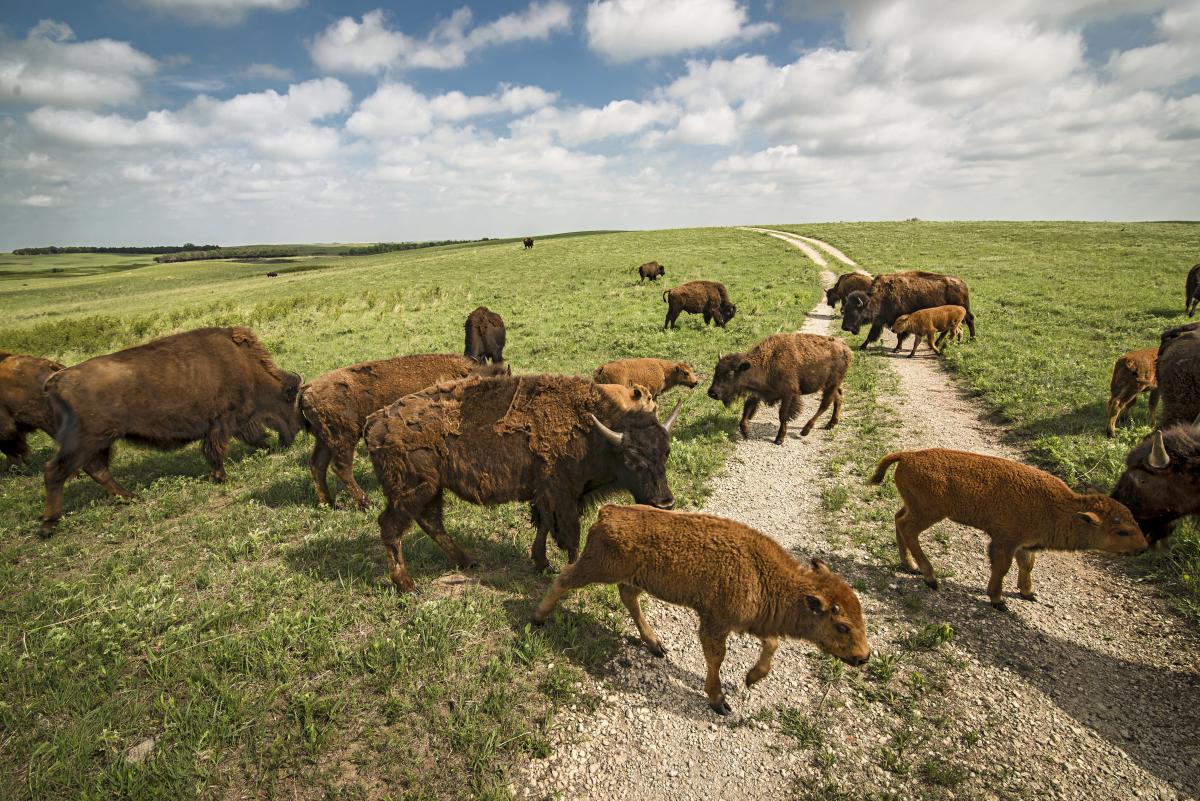
Credit: Doug Stremel
Nearby in the Flint Hills, guides on the wagon rides at the Lazy Heart D Ranch near Westmoreland provide commentary on the sea of tallgrass prairie and the resident bison. “They may appear tame and gentle, but they are a wild species and unpredictably dangerous,” says Lazy Heart D’s Ed Dillinger. Another great spot in the Flint Hills is the Tallgrass Prairie National Preserve, which is located right off the Flint Hills National Scenic Byway. The array of trails spans over 10,000 acres, and of course, has bison roaming nearby!
In western Kansas, you can see bison in unusual white, golden, and multi colors. At Historic Lake Scott State Park, just 13 miles north of Scott City, go out and view this pure white animal from the Lake Scott Ranger station office. There are also spots to view bison near Oakley at the Smoky Valley Ranch, which also has great hiking trails open year-round!
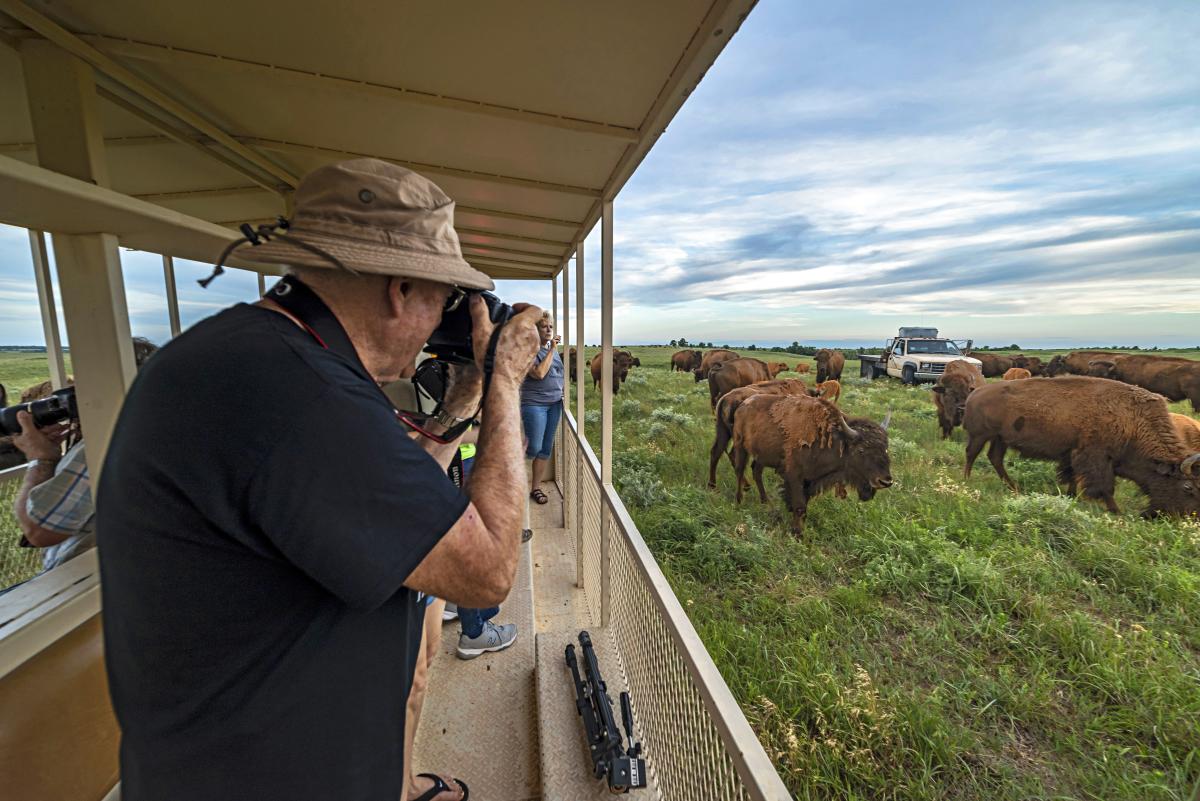 Credit: Doug Stremel
Credit: Doug Stremel
Roam Kansas to experience the thrill of a cattle drive, join in the harvest at a working farm, and more. Explore the state’s variety of farming and ranch experiences at https://www.travelks.com/things-to-do/farming-and-ranch-experiences/ and check out the 2023 Official Kansas Travel Guide for more places to wander.
